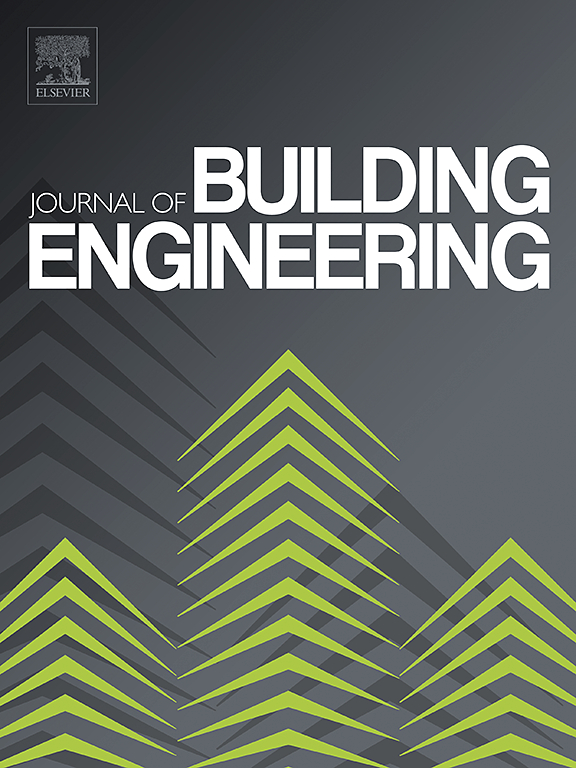Mechanical properties and pore structure characterization of crumb rubber concrete using equal size replacement method
IF 6.7
2区 工程技术
Q1 CONSTRUCTION & BUILDING TECHNOLOGY
引用次数: 0
Abstract
Optimizing the method of replacing natural river sand with crumb rubber (CR) can help mitigate strength loss in crumb rubber concrete (CRC). However, the effect of replacement ratio and water to binder ratio (W/B) on CRC microstructure and strength after adopting the new replacement method has not been reported. This study investigates the effects of the W/B and the CR substitution rate on the apparent density, compressive strength, and splitting tensile strength of hardened CRC using an equal-size substitution method. The microstructure and pore characteristics of each mixture were analyzed using scanning electron microscopy (SEM) and mercury intrusion porosimetry (MIP). Additionally, the interfacial transition zone (ITZ) between CR and mortar was observed in situ using X-ray computed tomography (X-CT). The results of the study show that CRC exhibits higher strength after equal size interval substitution. Lowering the W/B ratio helps to reduce the rate of loss of strength. A correlation between apparent density and strength changes was established. At a W/B ratio of 0.3, incorporating 5 % CR improved the splitting-tensile strength, but this strength decreased with higher substitution rates and W/B ratios. Cumulative pore volume and porosity increased with higher substitution rates, with the most significant rise at a W/B ratio of 0.5. The micro-morphology became progressively looser with higher W/B ratios, and the number of pores increased. X-CT measurements showed the ITZ width ranged from 43.0 to 67.7 μm, with large voids often surrounding the CR particles, which likely contributes to the reduction in apparent density and strength. The results provide valuable insights and recommendations for designing CRC mixtures.
求助全文
约1分钟内获得全文
求助全文
来源期刊

Journal of building engineering
Engineering-Civil and Structural Engineering
CiteScore
10.00
自引率
12.50%
发文量
1901
审稿时长
35 days
期刊介绍:
The Journal of Building Engineering is an interdisciplinary journal that covers all aspects of science and technology concerned with the whole life cycle of the built environment; from the design phase through to construction, operation, performance, maintenance and its deterioration.
 求助内容:
求助内容: 应助结果提醒方式:
应助结果提醒方式:


